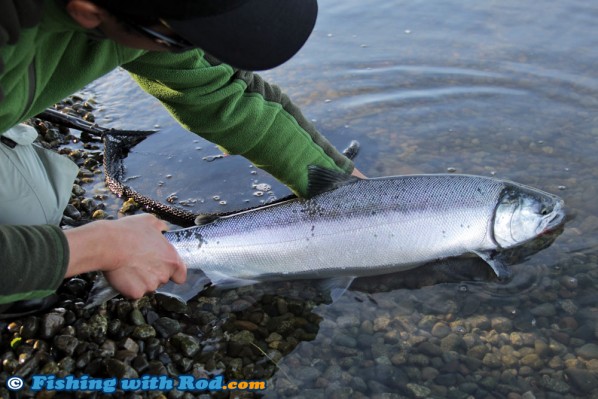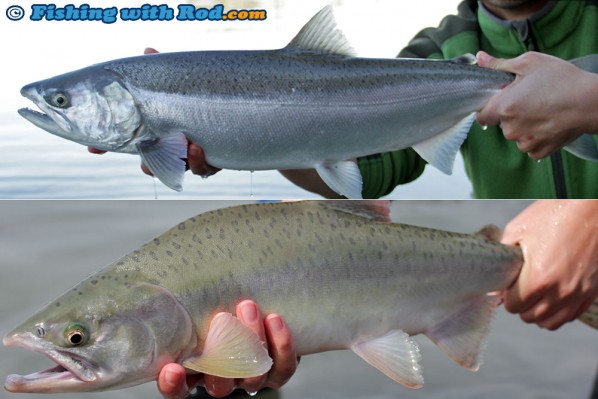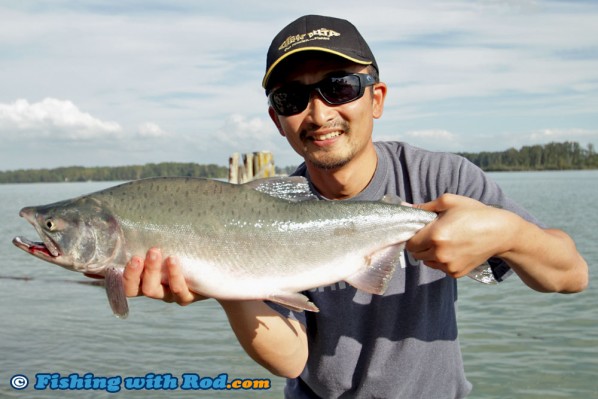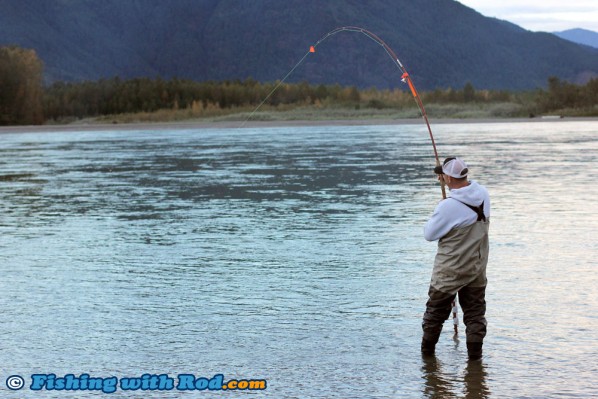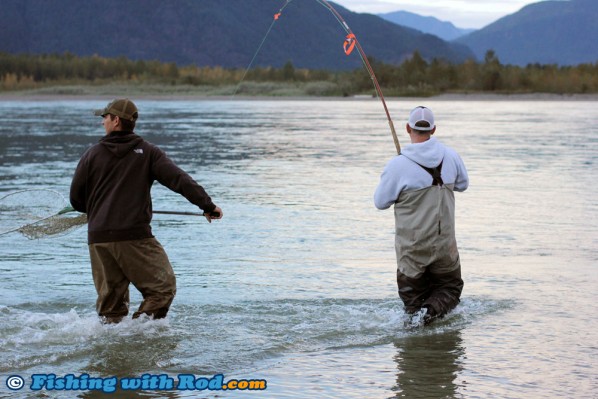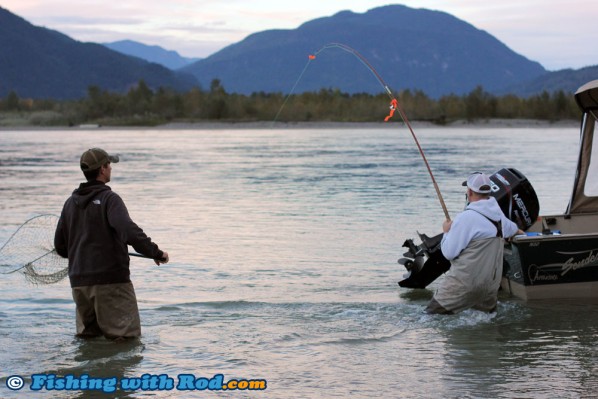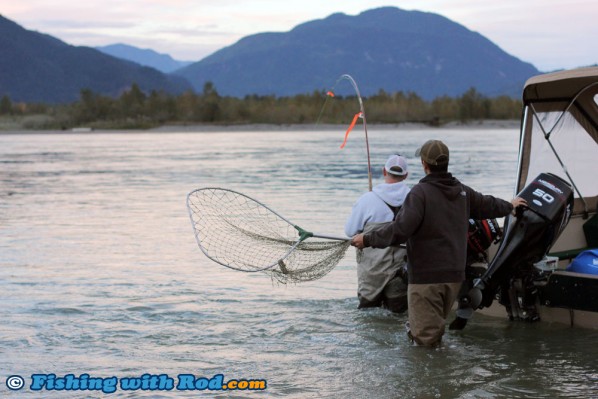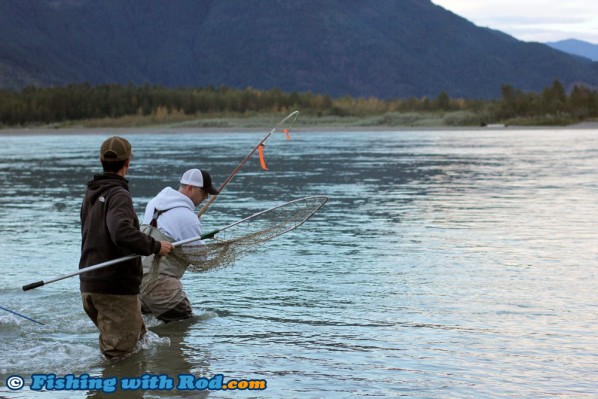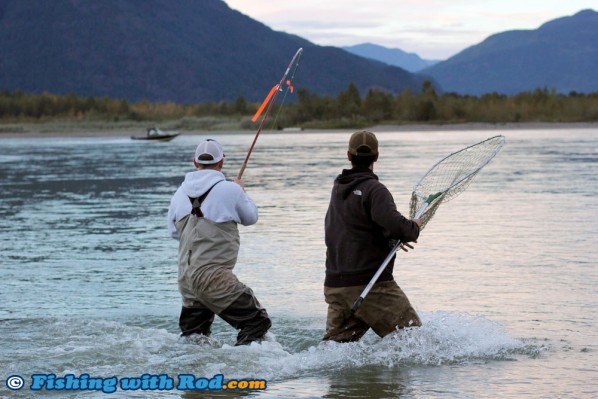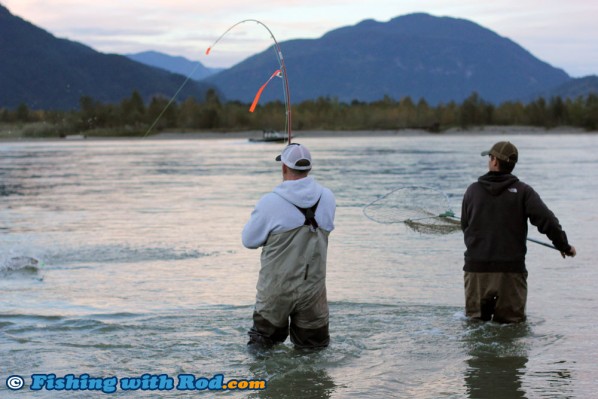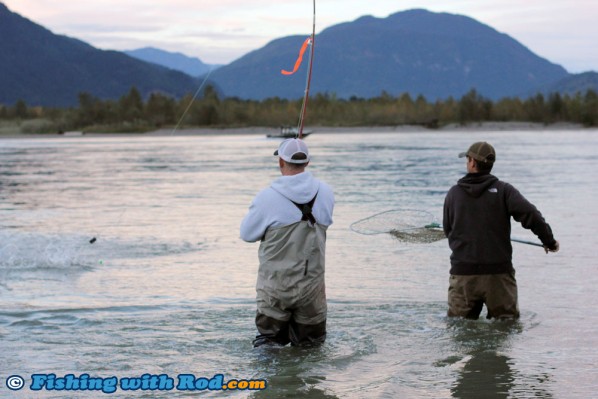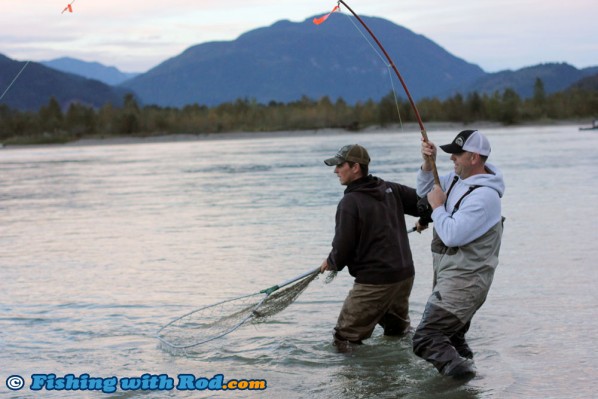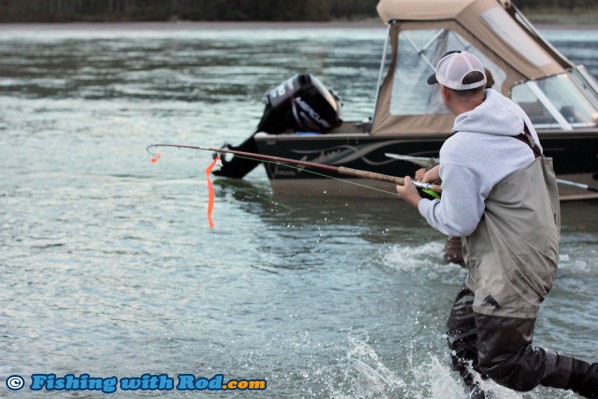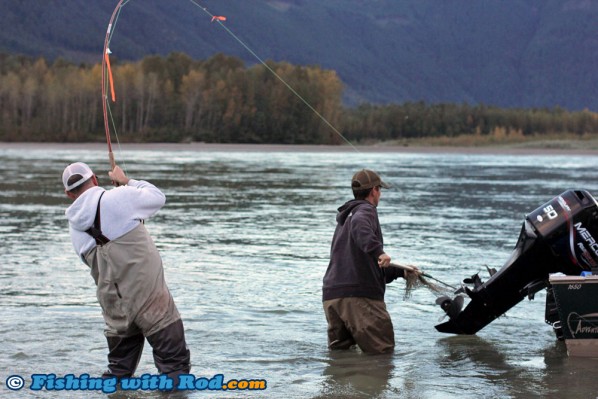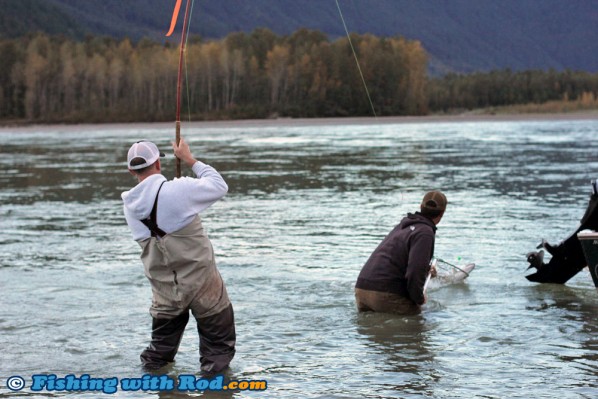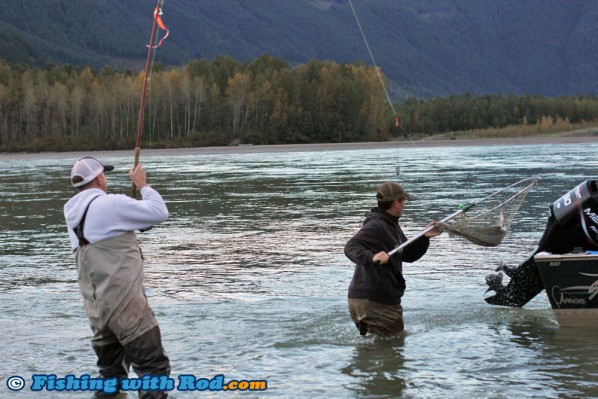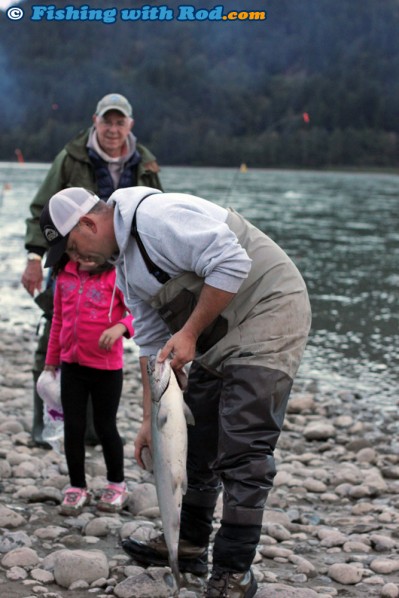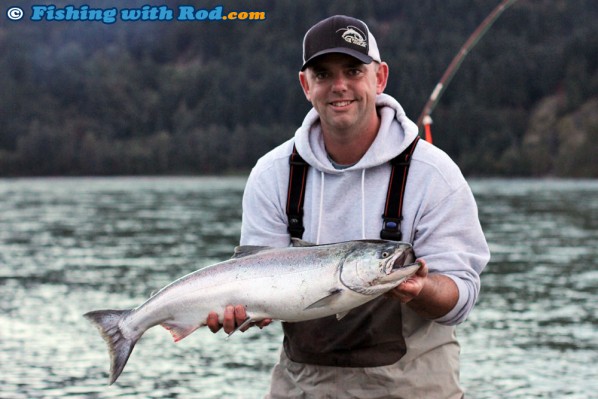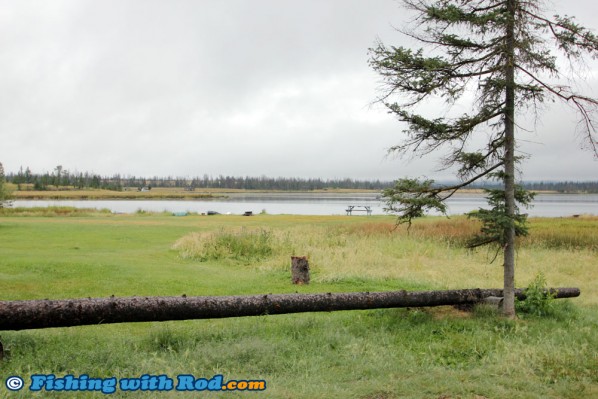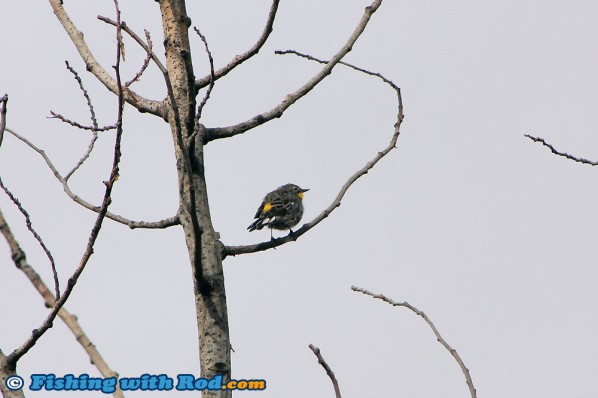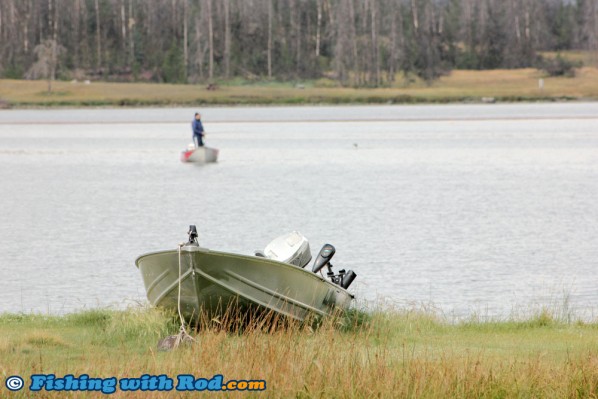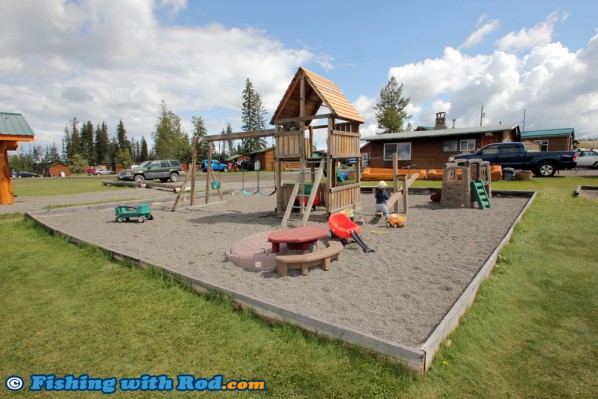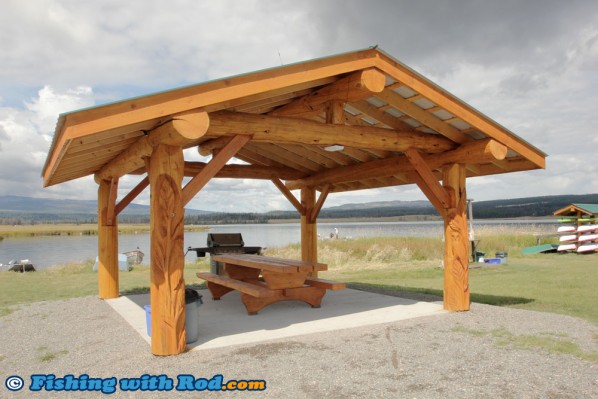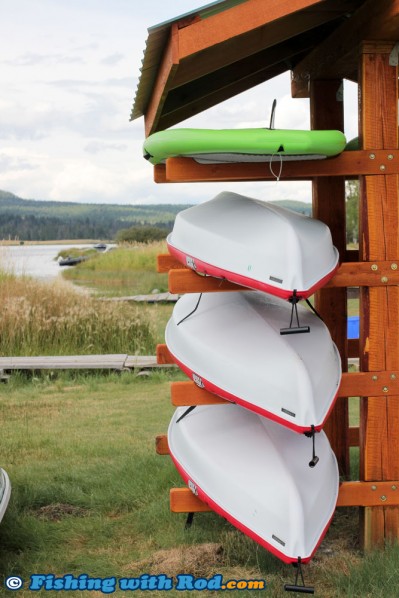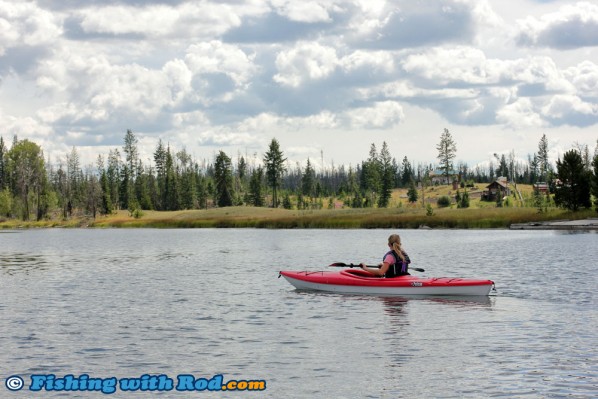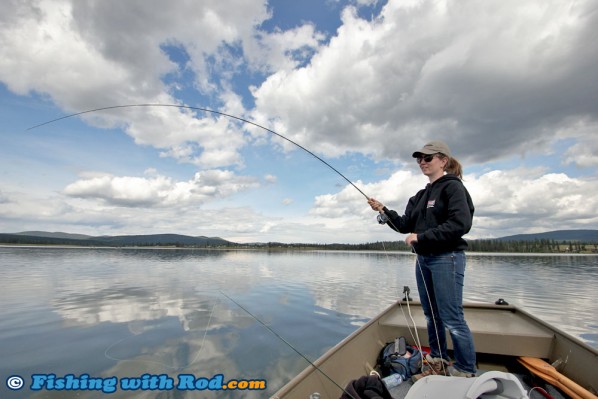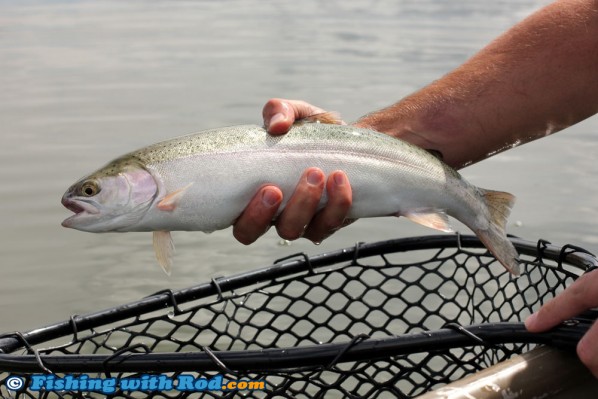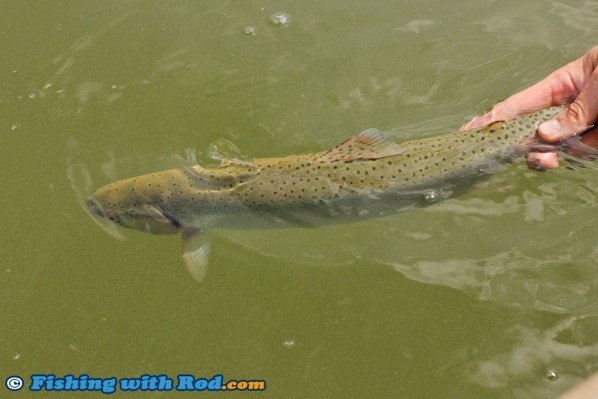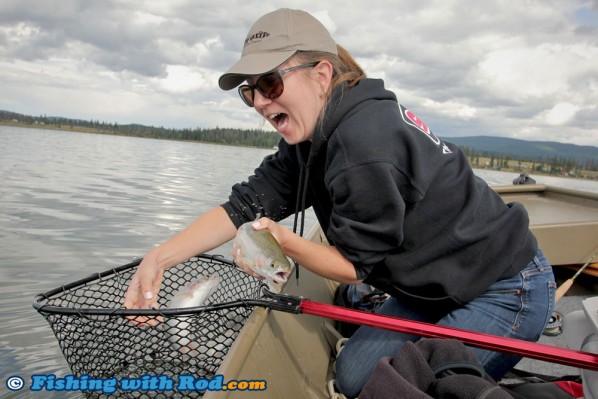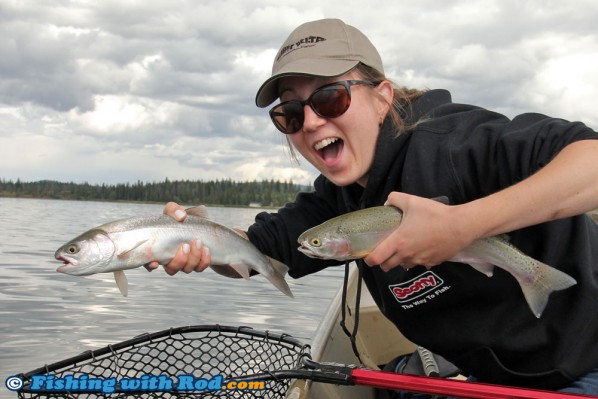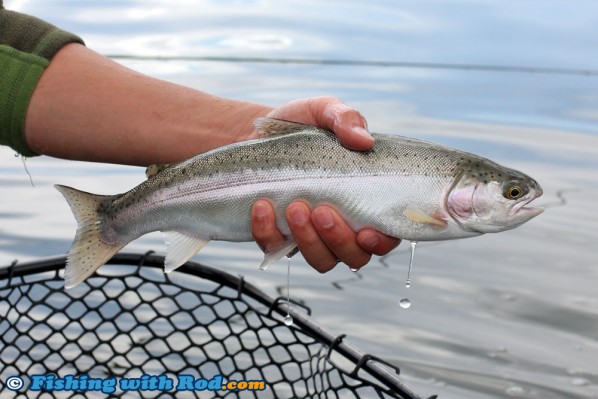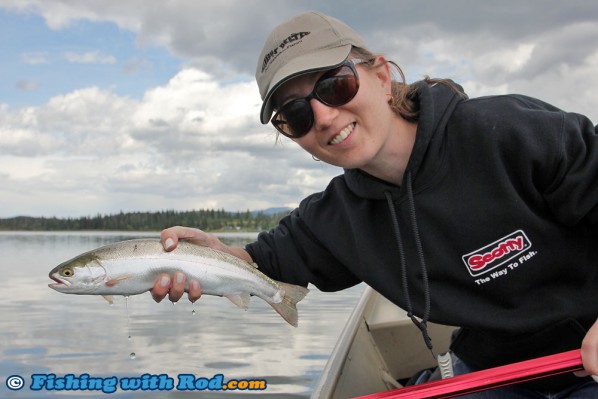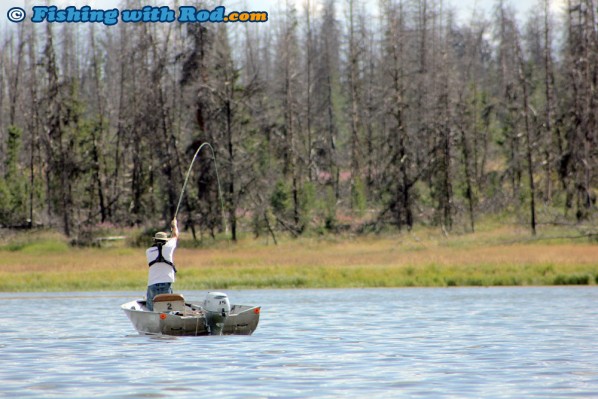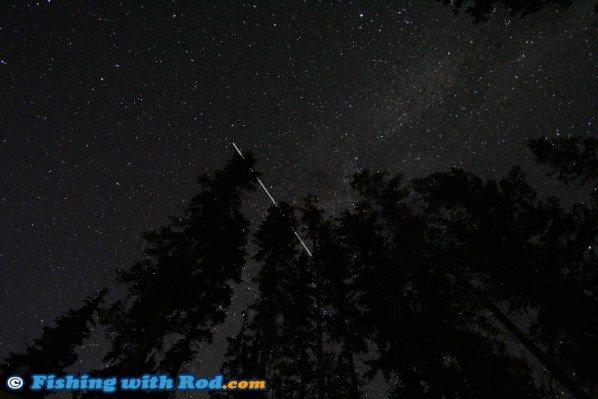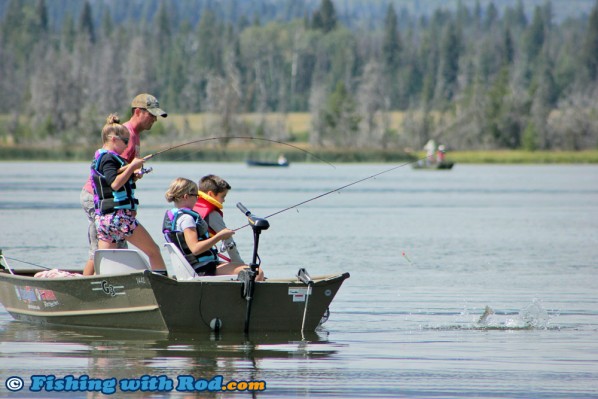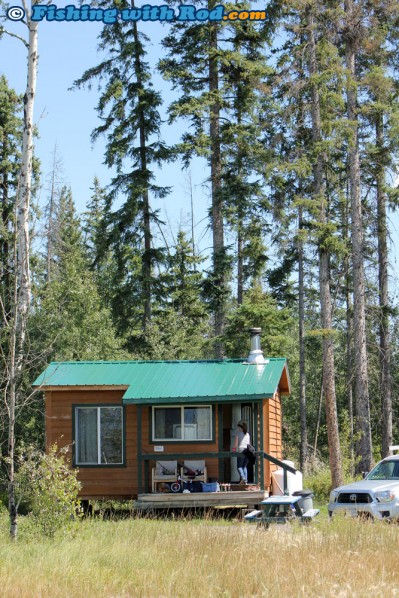Lower Fraser River Interior Coho Salmon Management Measures
Published on Monday, September 7th, 2015
If you fish the Lower Fraser River for pink salmon, then you should be aware of some important regulation changes which come in effect this week. These changes include:
- Bait ban for salmon fishing
- No fishing for coho salmon and sockeye salmon
The windows of these changes are as follows:
- Tidal Fraser River (downstream from CPR Bridge in Mission): September 8th to October 9th
- Non-tidal Fraser River (Trans-Canada Highway Bridge in Hope to CPR Bridge in Mission): September 10th to October 12th
- Non-tidal Fraser River (Sawmill Creek Confluence to Trans-Canada Highway Bridge in Hope): September 12th to October 17th
Since 2001, Fisheries and Oceans Canada has identified these dates as the migration period for Interior Fraser River coho salmon, which are endangered. To protect these fish, managers have used these measures to minimize their mortality. Bait such as roe is known to be very effective for coho salmon in the Fraser River, so well that fish often swallow the bait when hooked. This often leads to post-release death, therefore banning the use of bait during this period is required. The Sport Fishing Advisory Committee has also made sure fishing opportunities for chinook, pink and chum salmon remain available during this period, so anglers can still cast lures, fly fish, bar fish with a spin n’ glow for them without impacting the coho salmon run. When you catch a salmon, be sure to identify it first in your landing net before bringing it onto shore. If it is a coho salmon, please release it with care so it can continue its migration safely. With your support, we can keep these fishing opportunities open while protecting endangered species.
Knowing the differences between a coho and a pink salmon may sound simple on paper, but beginners often find it difficult when seeing them for the first time by the river. If you are just starting out, don’t be afraid to ask for second opinions if you are unsure about your catch. Always double, triple checks your fish before deciding to retain it. Experienced anglers should understand these challenges for beginners and assist and educate those who seem to need guidance. Coho salmon (top in the photo) have small spots across their back and the top portion of the tail. Pink salmon (bottom in the photo) have larger “thumb-print”, oval spots across their back and the entire tail.
If you are interested in reading more about Interior Fraser River coho salmon and its recovery program, please check out this document.

